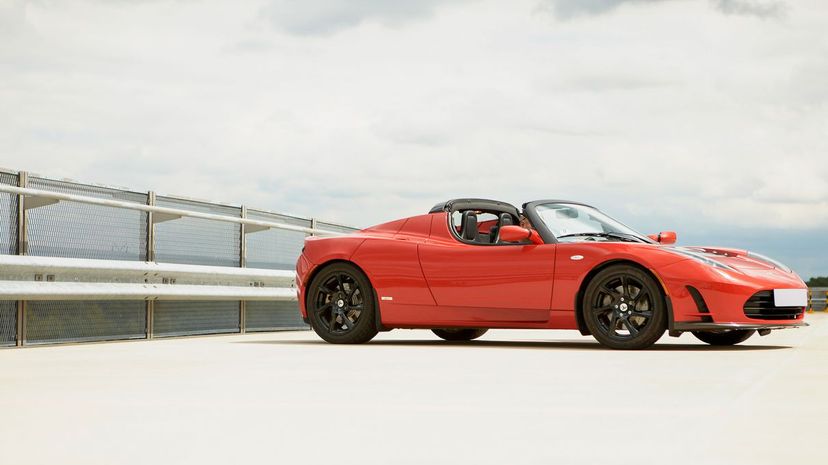
About This Quiz
Have you ever been driving and seen the nameplate of the car in front of you, but it was just impossible to remember who manufactured it? Or maybe you had a friend who told you about this amazing 288 GTO they saw somewhere, and you had no idea what the heck they were talking about? It happens to the best of us. With dozens of makes and hundreds of models, how can anyone hope to keep it all straight without having a direct link to Wikipedia in their brain? It's not easy. But it's not impossible. Some makes and models are iconic. You know that Ford made the Mustang, right? That Chevy has the Corvette. Tesla has its Model X. Some models are easier to recognize than others, but if you feel like you're a tried and true gearhead, you probably know way more than just those basic facts. Maybe you even know the first model made by Peugeot or who makes the Esperante.Â
If you feel like you have a handle on your makes and models, then it's time to show off your stuff in this make and model quiz! Buckle up; they're not all going to be as easy as a Sunday drive in the country.

The Ford Focus was a replacement for the Ford Escort and was launched worldwide, which is part of the reason it's managed to sell over 12 million units in about 20 years. Some consider the Focus a "compliance" car because its fuel standards offset those of more powerful gas-guzzlers.
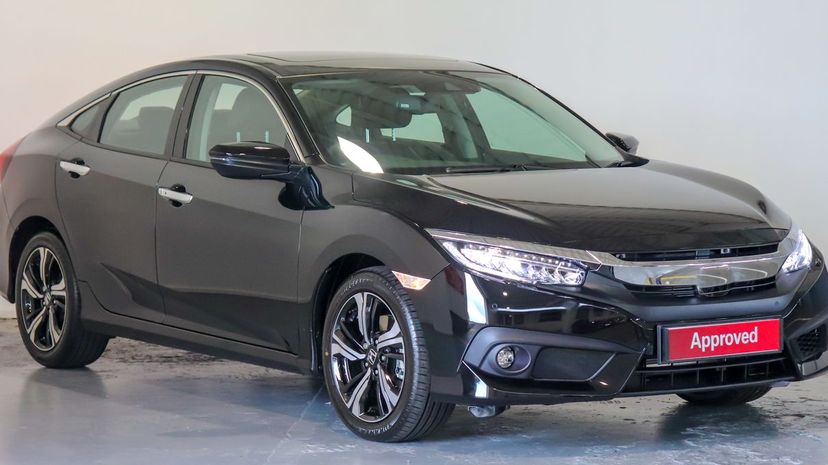
Honda has made the Civic since 1972, and well over 16 million of them have been sold in that time. Word is Honda was considering closing up shop in the early '70s due to poor overall sales until the Civic turned the company around.
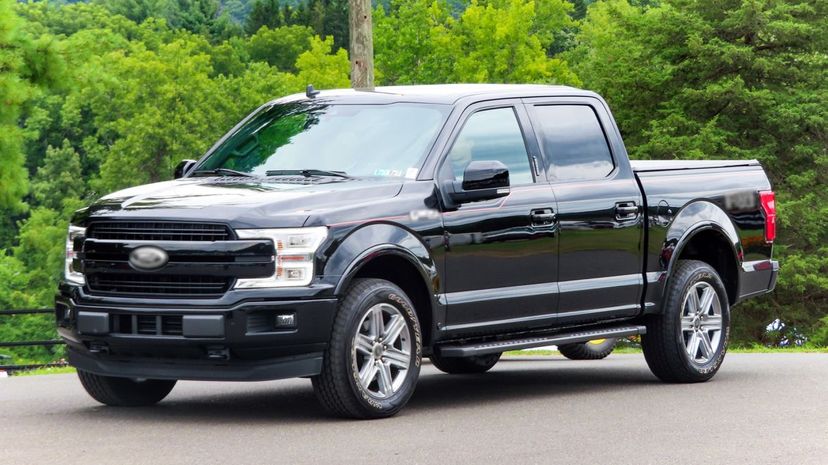
The longest-running nameplate in Ford history, the F-Series, has been in production since 1948. Over 33 million Ford F-Series trucks have been sold, and the model generates over $40 billion in annual sales for the company. They've been the best-selling pickups since 1977 and the best-selling vehicles period since 1986.
Advertisement
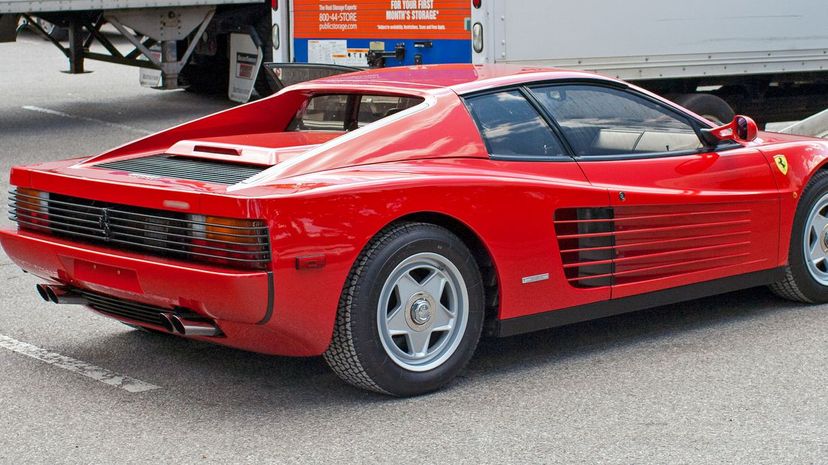
Ferarri's Testarossa came out in 1984 at the Paris Auto Show. It was the last Ferrari the company produced with a flat-12 engine with a top speed of about 180 miles per hour. It could hit 60 mph in just over 5 seconds.

The Fiat 500 was released in 1957 as the Nuova. It was a remarkably small car, less than 10 feet in length, and they managed to sell 4.25 million up until 1975 when it ceased production. In 2007, Fiat relaunched the 500 and has been selling it ever since.
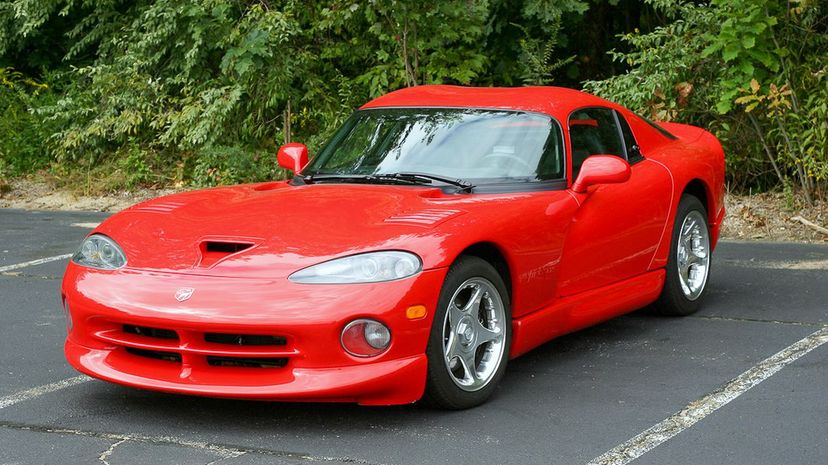
The Dodge Viper was produced from 1991 to 2017, more or less. That "more or less" covers a couple of years when a model wasn't released. In 2017, it left the market due to poor sales. The fact that some models cost over $120,000 may have put some buyers off.
Advertisement

The Delorean may be one of the most recognizable cars in history thanks to "Back to the Future." Only about 8,500 of them were ever manufactured, and these days, there are several thousand fewer, though exact numbers are hard to come by.
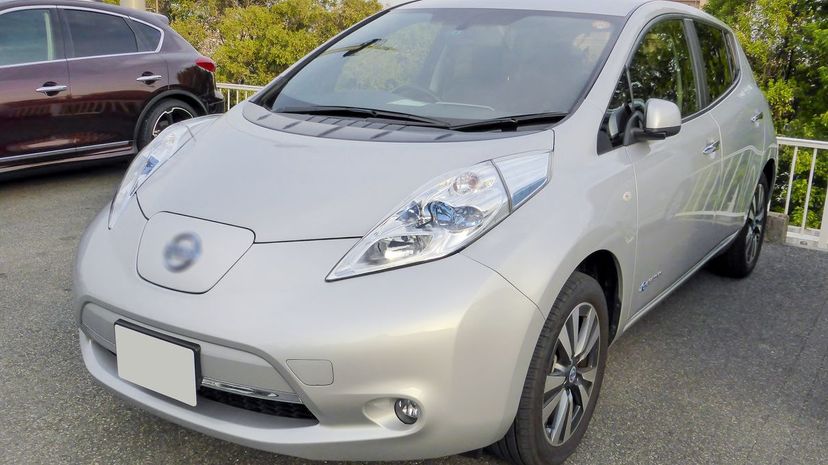
Nissan has been producing the Leaf since 2010, and it has grown to become the most popular electric car in the world with over 400,000 sold to date. It can travel up to 151 miles on a single charge.
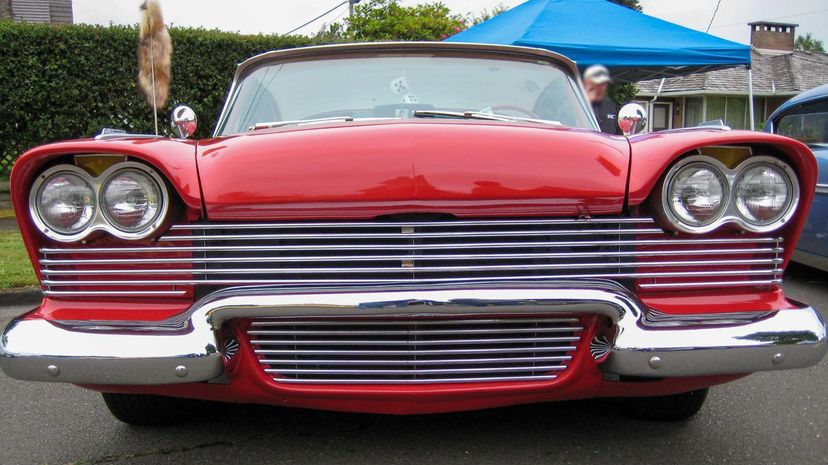
The insidious, murderous car in the movie and book "Christine" was a Plymouth Fury. Producers of the film couldn't get enough Furys to make the movie, so they also used lookalike models - Plymouth Belvederes and Savoys.
Advertisement
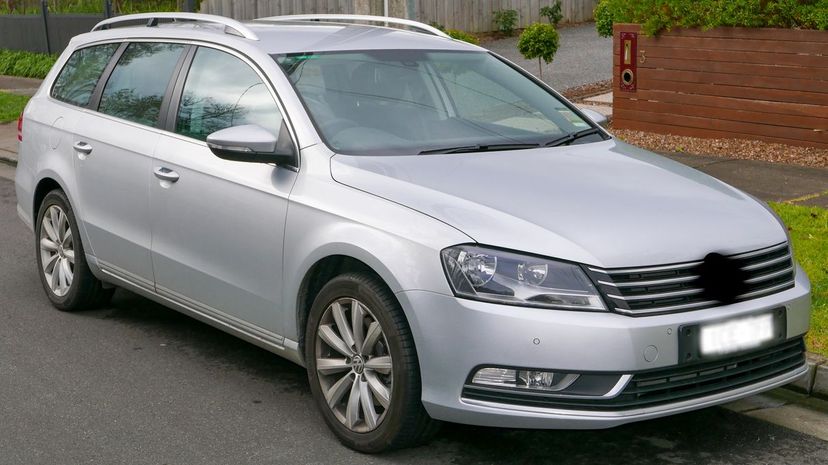
The Passat has been one of Volkswagen's most popular models, but it's been sold under several other names since 1973. The other names have included Carat, Corsar, Quantum, Santana, Dasher and Magotan.

The Tesla Roadster showed up in 2008 and was the first electric car to ever travel more than 200 miles on a charge. It also has the weird distinction of being the first production car to ever be launched into space.
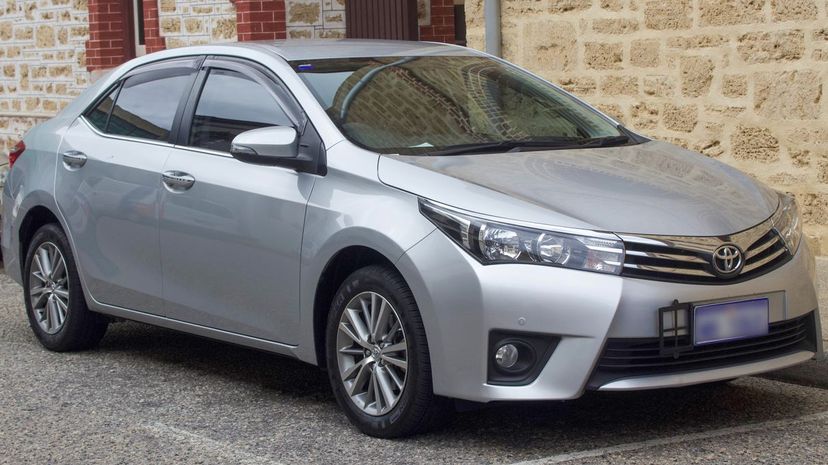
The Toyota Corolla isn't just popular; it's insanely popular. Over 46 million of them have been sold since 1966. That's more than enough for every single human in Canada. It had become the best-selling car in the world by 1974. It surpassed the Beetle to become the best-selling nameplate ever in 1997.
Advertisement
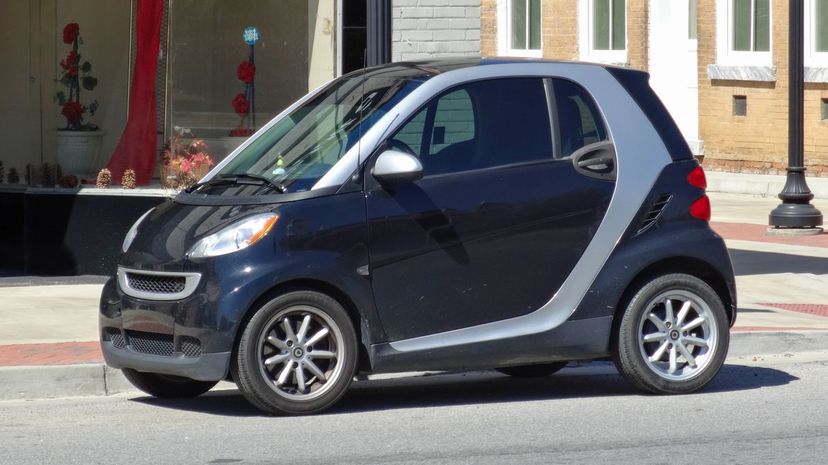
Smart makes the Smart ForTwo and Smart ForFour as well as the Smart Roadster. Smart has never produced any models with names like the Loop, the Stripe or the Vector at any point in its history.
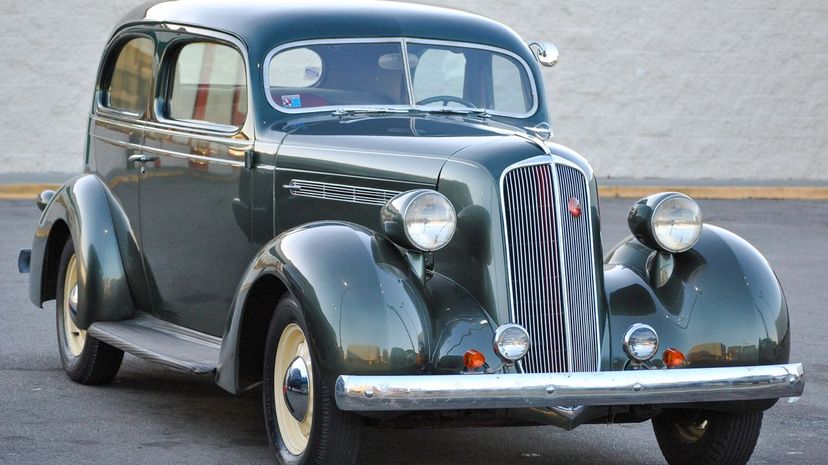
Studebaker produced the Dictator model from 1927 to 1937. They finally changed the name after Hitler and Mussolini essentially ruined the word "dictator" for everyone and gave the car a very negative connotation.
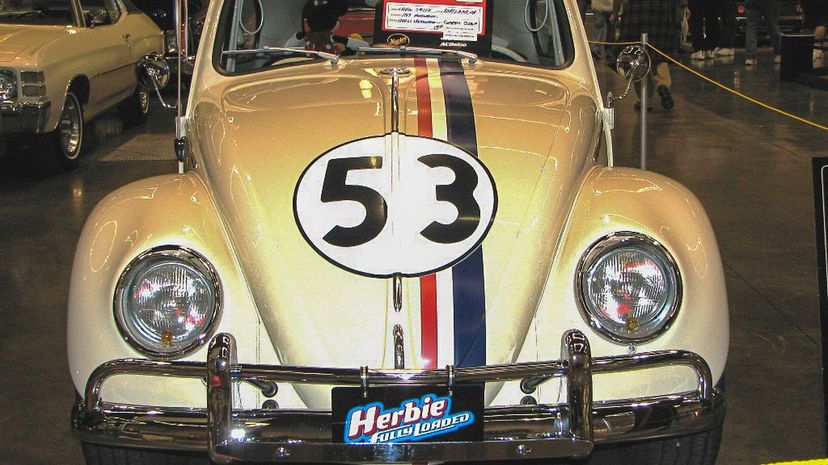
Herbie the Love Bug was supposed to be a 1963 Volkswagen Beetle that had some degree of sentience and curious powers. They made six different movies about it across five different decades.
Advertisement
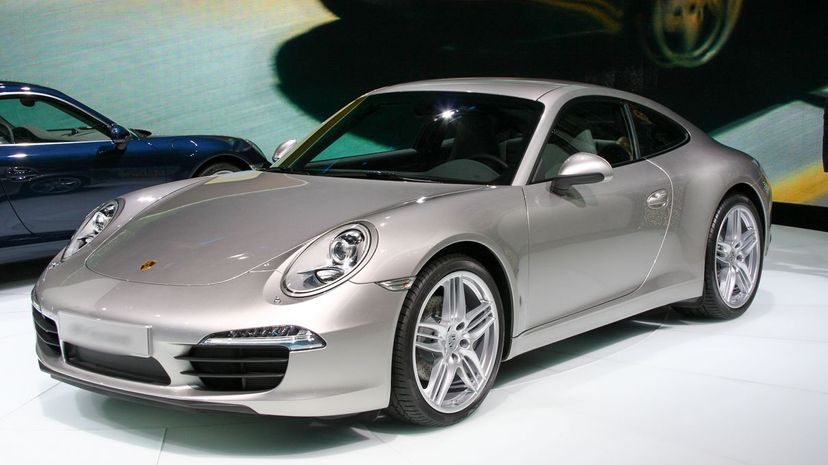
Porsche has been producing the 911 since 1963 and has made almost a million of them in that time. It's one of the few cars that has been around for that many years while undergoing almost no changes to the physical design.
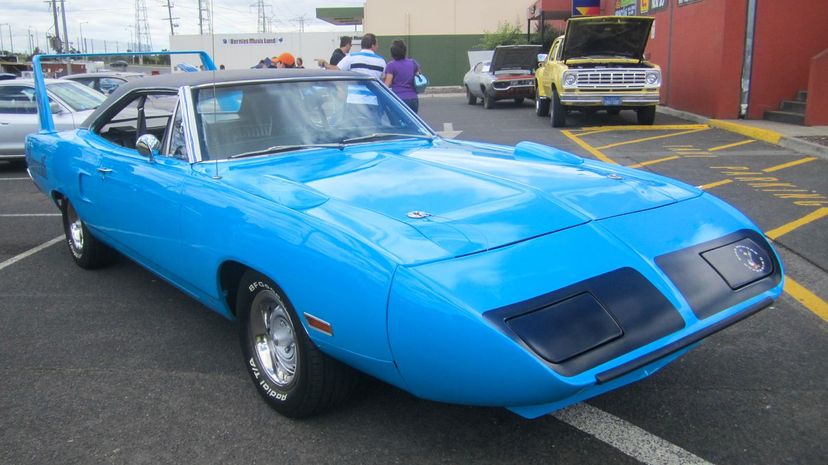
Plymouth started making the Road Runner back in 1968. The name refers directly to the cartoon character the Road Runner and not the actual bird of the same name. Plymouth had to pay to license the use of the name.
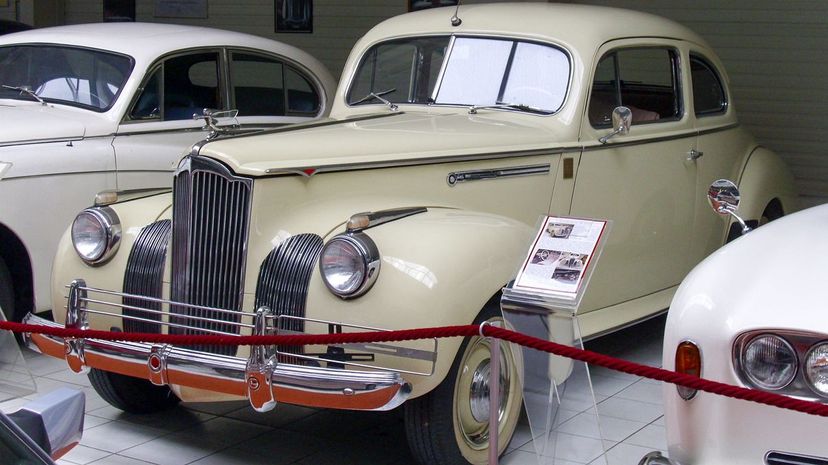
This one goes way back in the vault. The Packard One-Ten was introduced in 1940 to replace the Packard Six. They actually managed to produce over 62,000 One-Tens in 1940 alone.
Advertisement
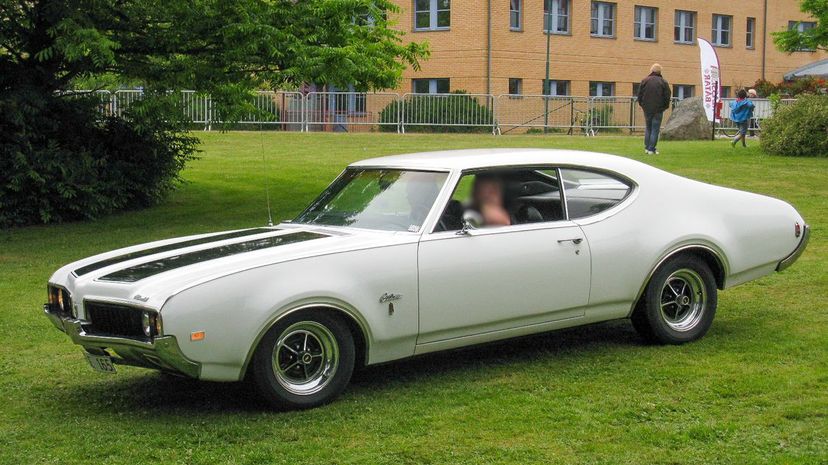
Oldsmobile started producing the Cutlass back in 1961 and continued doing so all the way up to 1999. During that time, nearly 12 million were produced. In the '80s, they produced numerous versions of the Cutlass including the Cutlass Supreme, the Cutlass Ciera and the Cutlass Calais.
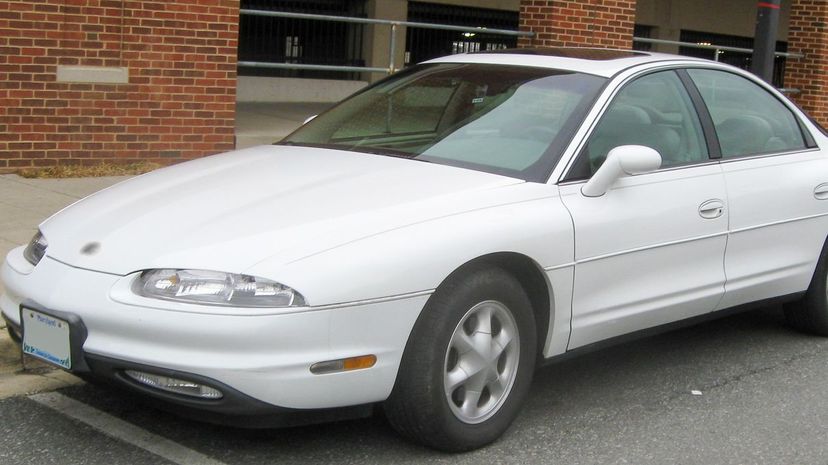
Nissan has been producing the Altima since 1992, the Micra since 1982 and the Qashqai since 2006. They've never made a model that went by the name Aurora, however; that was Oldsmobile.
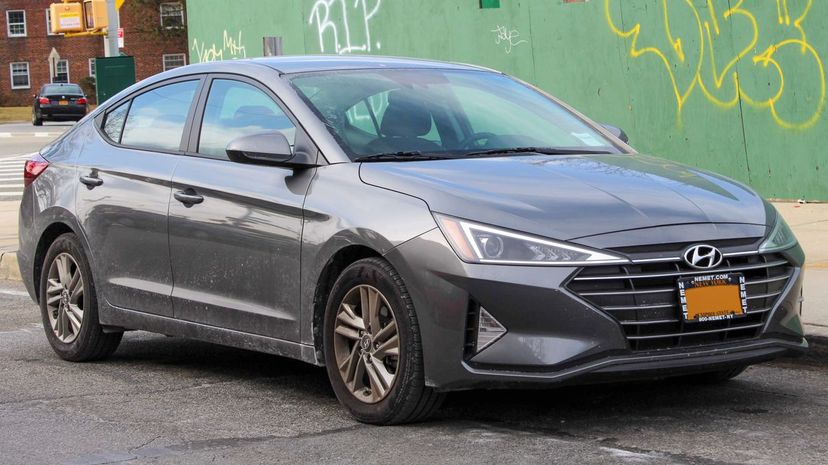
Hyundai has been making automobiles since 1967. Though they do manufacture the Santa Fe, the Sonata and the Accent, the Elantra is their best-selling model by far with over 10 million sold.
Advertisement
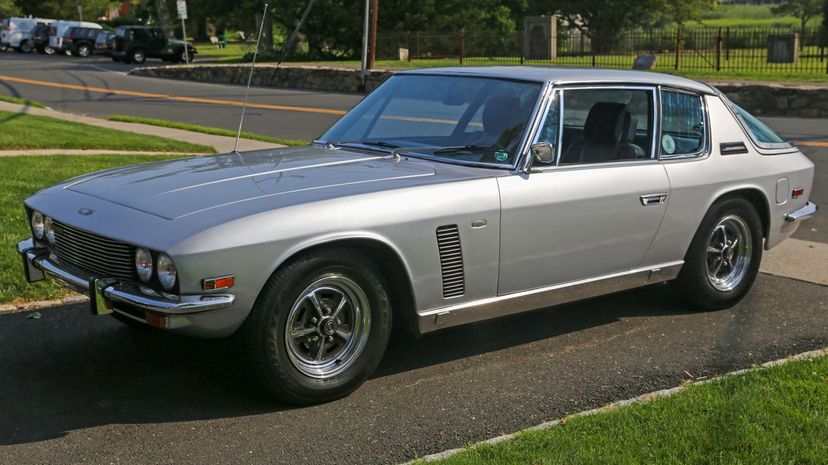
You don't hear a lot about Jensen anymore these days, but they did produce the Interceptor in two separate runs. It was first made from 1950 to 1957, and then it was resurrected from 1966 to 1976.
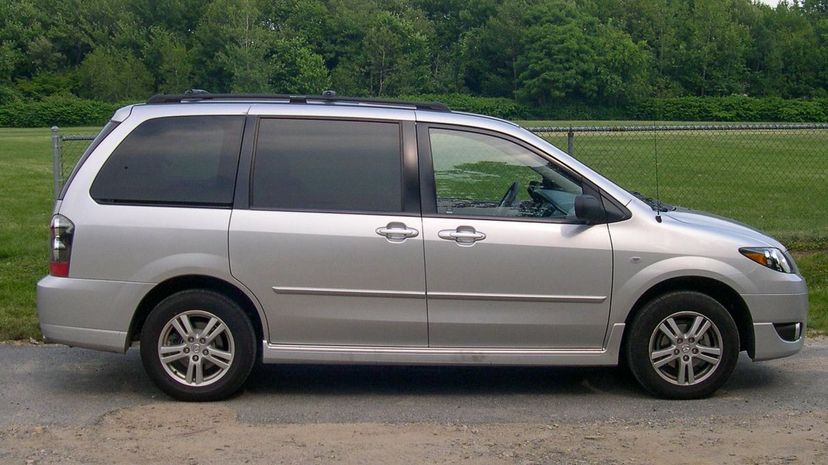
The Mazda MPV has been in production since 1988. In that time, they've rolled out a solid 1 million of them, which is pretty impressive. The MPV stands for "Multi-Purpose Vehicle," which is a fancy way to say minivan.
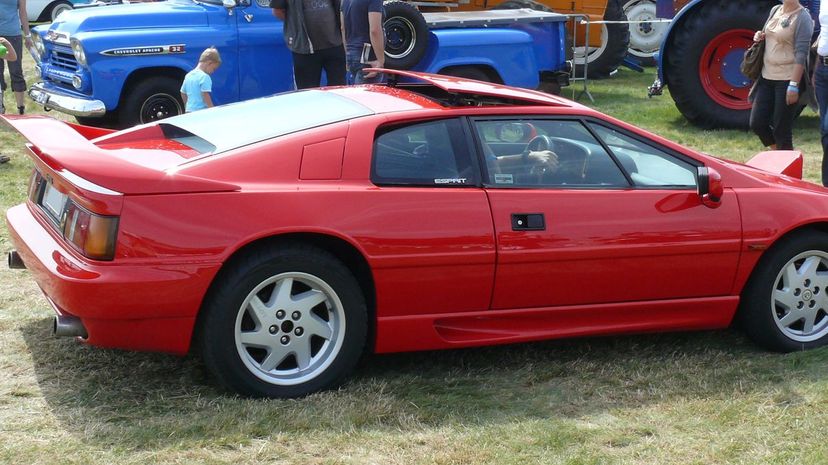
From 1976 to 2004, Lotus Cars built their Esprit sportscar. It was notable in the history of automaking for being one of the first and most popular vehicles to be made in the "folded paper" design style.
Advertisement
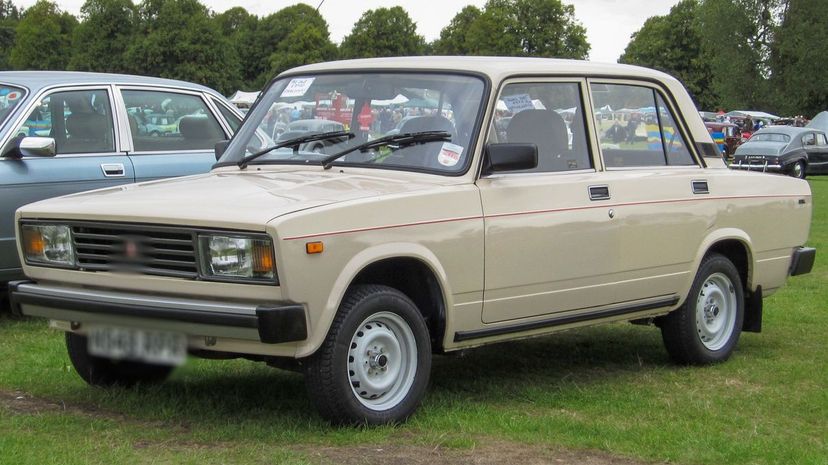
Koenigsegg was founded in Sweden in 1994 and has consistently made some of the most bafflingly fast and expensive cars in the world, including the Agera, the Jesko and the CCX. They never made a Riva, though; that was Lada.
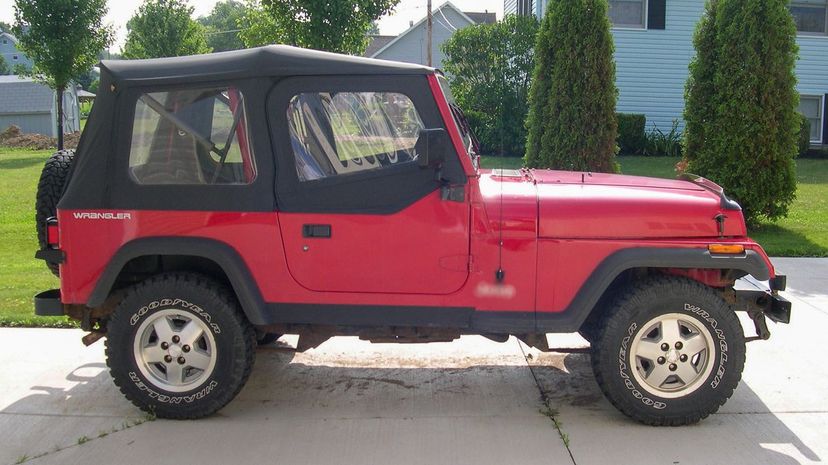
The Jeep Wrangler has been in production since 1986. There have been numerous Jeep models produced since back in WWII, and they've even been produced by several manufacturers over the years as well.
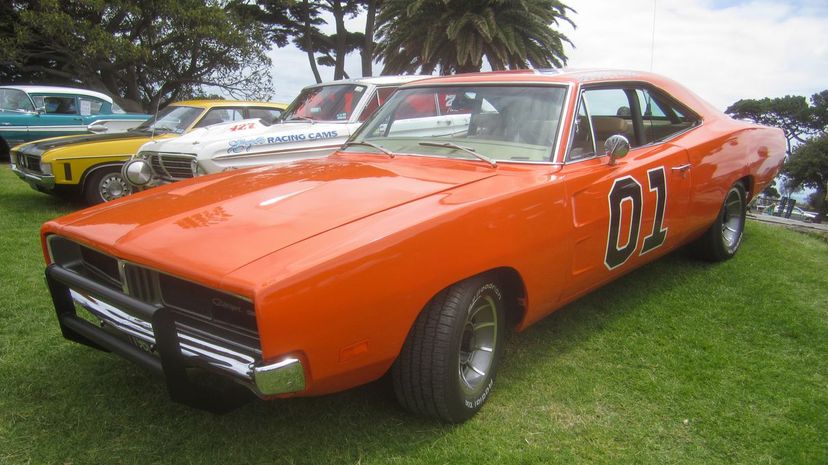
Those Duke boys drove a '69 Dodge Charger. There are conflicting stories about just how many cars were used on the show, but it's estimated to be somewhere between 250 and 350 since the cars routinely got banged up pretty badly.
Advertisement
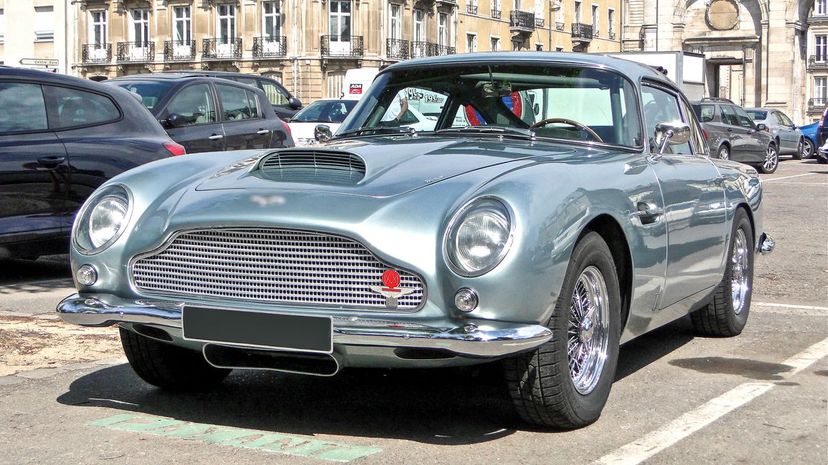
James Bond has had a few cars over the years, but his most iconic has always been the Aston Martin DB5. Aside from Bond, you can find the car in "The Saint," "The Cannonball Run," "Catch Me If You Can" and in the "Charlie's Angels" sequel.
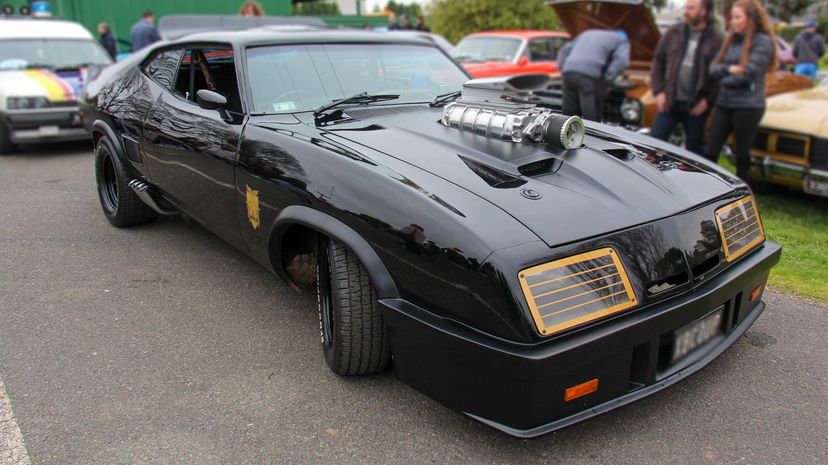
Ford produced the iconic car that was made famous by Mad Max in the franchise from the very first movie all the way up to "Fury Road." Because Mad Max's car can never have too many cool nicknames, it's also known as the Last of the V8 Interceptors.
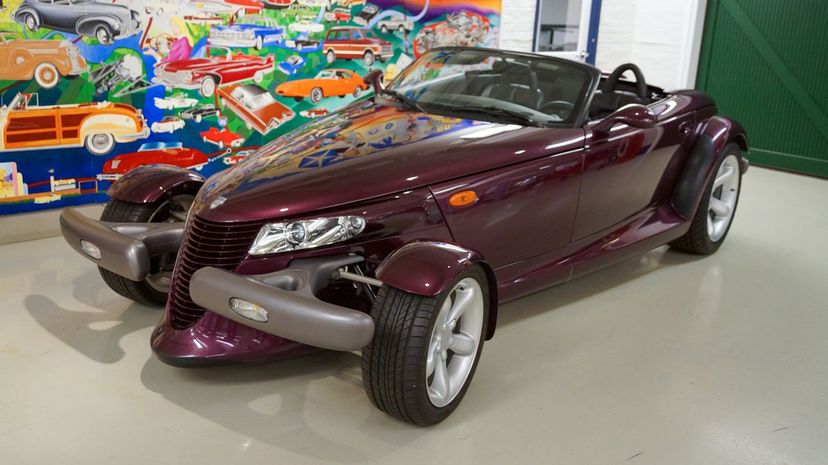
The Prowler was manufactured by Plymouth and Chrysler but not Pontiac. It had a very cool retro racecar look but only existed from 1997 until 2002. Pontiac did make the Aztek, Bonneville and the Firebird Trans Am, though.
Advertisement

The Mustang has been hugely popular for Ford, with over 9 million of them produced since they showed up in 1964. The entire pony car class of automobiles was created by the Mustang, which sits somewhere between a muscle car and a sports car.

Chevrolet has been rolling out Corvettes since back in1953, and they have been emblematic of sports cars ever since. About 1.6 million Corvettes have been produced to date.

Chevy has been using the Suburban nameplate since 1934, making it the longest-running nameplate in automobile history. You can find the Suburban all over the world, from the U.S. to Myanmar to Angola and numerous other places.
Advertisement
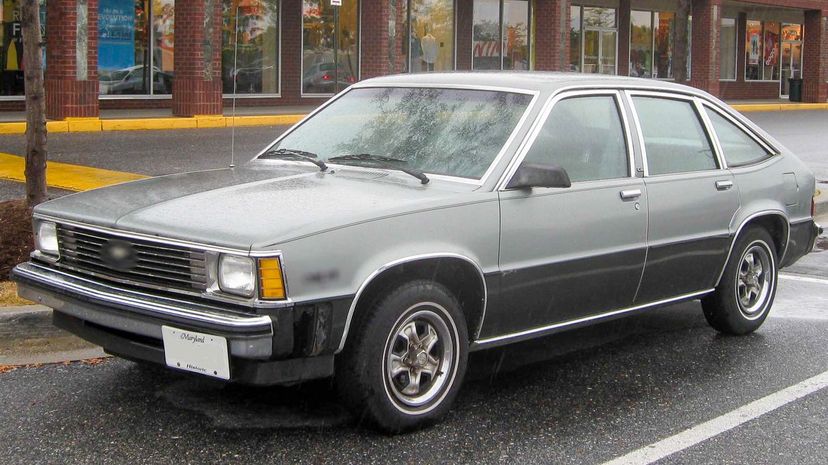
Chevrolet made the Citation from 1980 to 1985, while Cadillac is responsible for giving us the Eldorado, the Coupe de Ville and the Escalade. The Coupe de Ville was one of the most iconic vehicles of the '50s and over 53,000 were sold in its very first year.
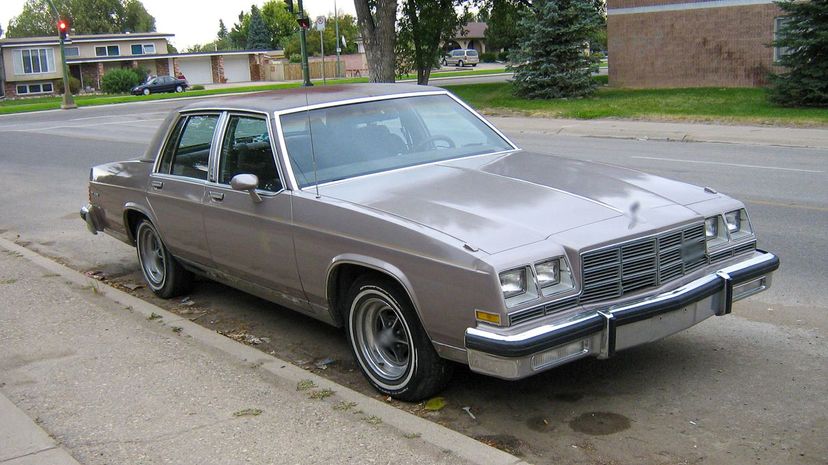
From 1959 to 2005, Buick produced the LeSabre and sold over 6 million of them. When it first showed up, it came with a monstrous 354 cu V8 engine and some of those epic fins you'd expect from a 1950s automobile.
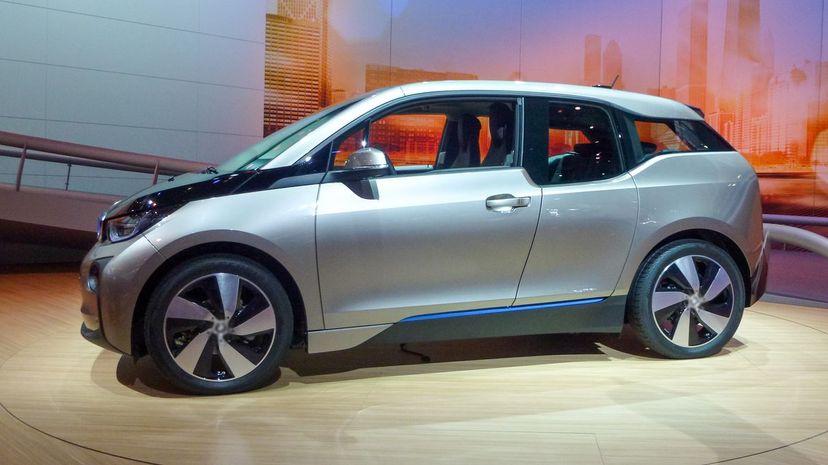
BMW's i3 has been in production since 2013. It's an electric car and won two World Car of the Year Awards in 2014. It's also one of the top-selling electric cars in production anywhere in the world as well.
Advertisement
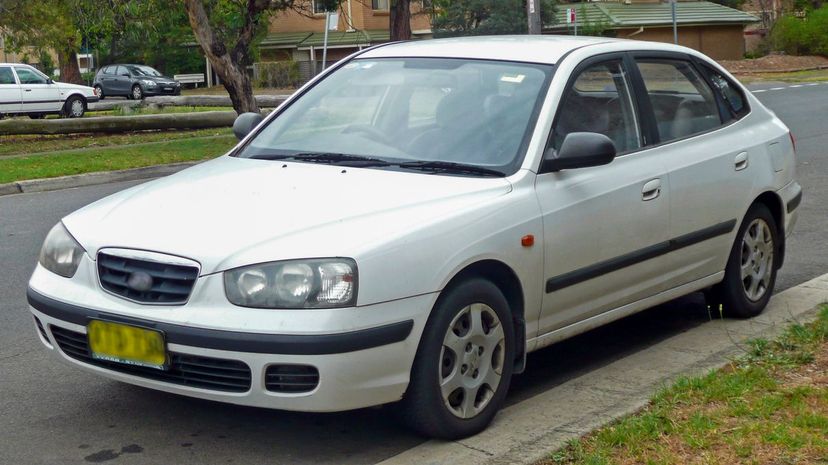
Honda manufactures the Fit, the Odyssey and the Prelude. The Elantra has been made by Hyundai since 1990. Over 10 million of them have been made across five generations during that time.
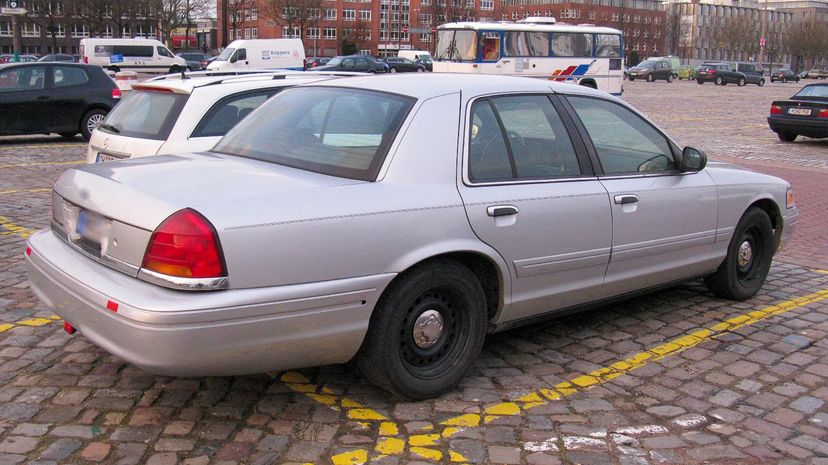
The Ford Crown Victoria is a law enforcement favorite, and in fact, Ford made a police-specific version called the Ford Crown Victora Police Interceptor. They were manufactured from 1992 to 2011. It was the most widely used police vehicle in Canada, Saudi Arabia and the United States.

In the original film, Eleanor was a 1971 Ford Mustang (although, on camera, they tweaked the design to make it look like a '73). In the Nic Cage remake, it's still a Ford Mustang, but this time it's a 1967 Shelby Mustang.
Advertisement
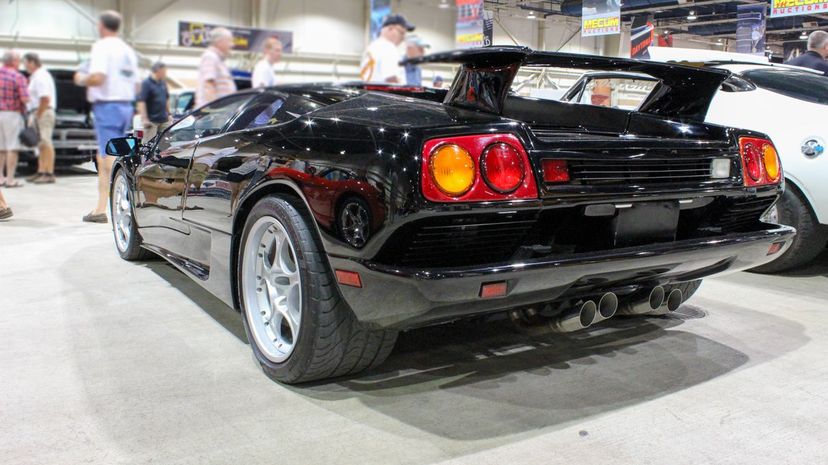
Lamborghini started manufacturing the Diablo in 1990. It was in production all the way until 2001 when they replaced it with the Murcielago. While it was in production, they made less than 3,000 of them, and all of them could top out at about 200 miles per hour.